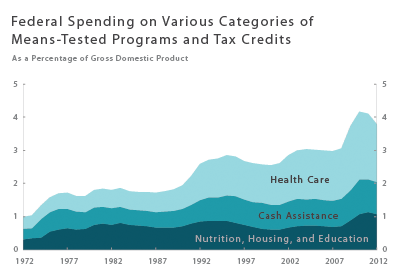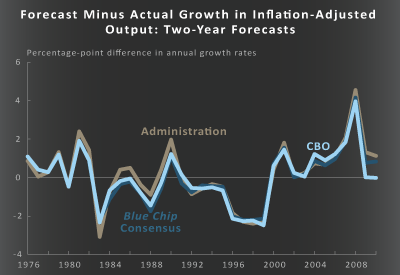learn more about working at cbo and check out the agency’s career opportunities
browse the shelves
 Peruse all of CBO's publications and cost estimates. Begin with the most recent, focus on a specific topic, jump straight to frequently requested items, or get automatic updates from one of our many RSS feeds.
Peruse all of CBO's publications and cost estimates. Begin with the most recent, focus on a specific topic, jump straight to frequently requested items, or get automatic updates from one of our many RSS feeds. get the data
Find our latest deficit projections, projections of the unemployment rate and other economic variables, and  projections of revenues and spending for health care, income assistance, education, retirement, and agriculture.
projections of revenues and spending for health care, income assistance, education, retirement, and agriculture.
read the blog
 Visit the CBO Blog for a concise description of CBO’s recent work. From
Visit the CBO Blog for a concise description of CBO’s recent work. From- our latest post:
On Tuesday CBO published a new economic forecast in The Budget and Economic Outlook: Fiscal Years 2013-2023. The...
what's most recent
Testimony on the Budget and Economic Outlook: Fiscal Years 2013 to 2023
reportFebruary 13, 2013Trust Fund Projections Under the Baseline
data or technical informationFebruary 12, 2013Testimony on the Budget and Economic Outlook: Fiscal Years 2013 to 2023
reportFebruary 12, 2013Federal Means-Tested Programs and Tax Credits - Infographic
imageFebruary 11, 2013Growth in Means-Tested Programs and Tax Credits for Low-Income Households
reportFebruary 11, 2013Monthly Budget Review
reportFebruary 7, 2013Economic Growth Is Likely to Be Slow in 2013 and Pick Up in Later Years
blog postFebruary 7, 2013
what's most read
The Budget and Economic Outlook: Fiscal Years 2013 to 2023
reportFebruary 5, 2013Macroeconomic Effects of Alternative Budgetary Paths
reportFebruary 5, 2013Choices for Deficit Reduction
reportNovember 8, 2012Economic Effects of Policies Contributing to Fiscal Tightening in 2013
reportNovember 8, 2012The Distribution of Household Income and Federal Taxes, 2008 and 2009
reportJuly 10, 2012The 2012 Long-Term Budget Outlook
reportJune 5, 2012






